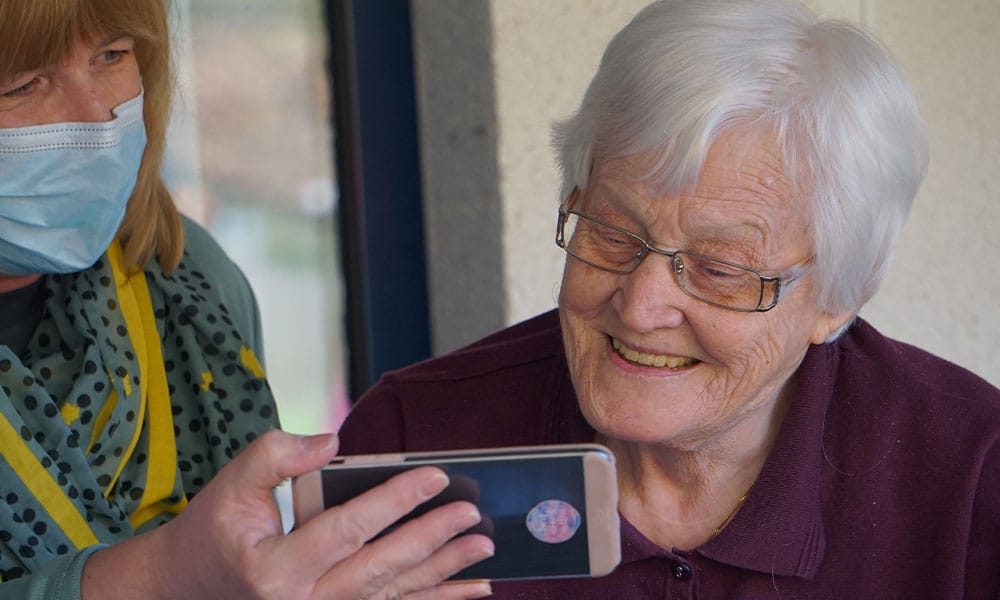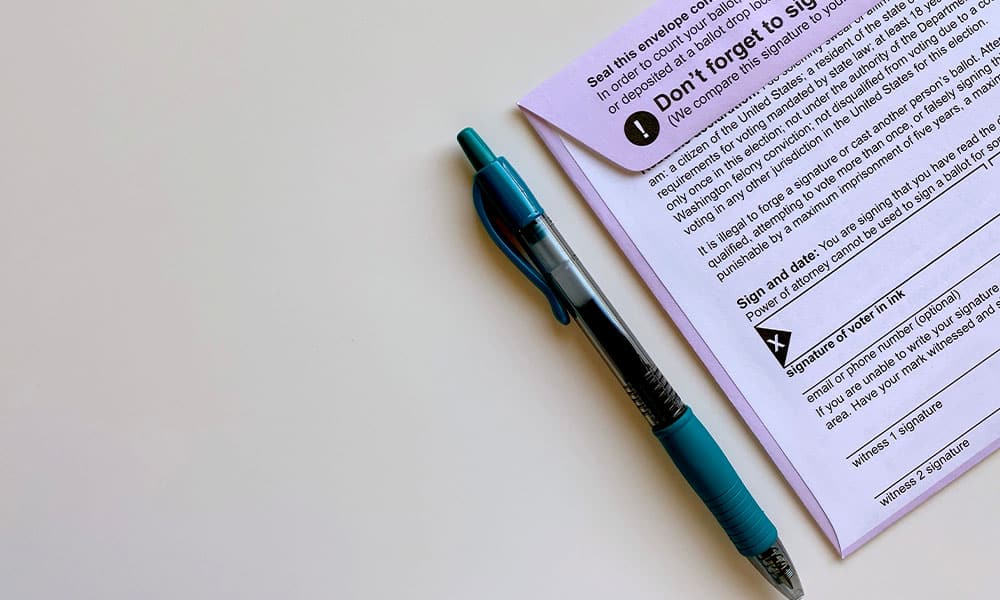Delphi Guides /
July 2022
How to prepare for a CQC inspection

Anyone working in care will understand the importance of receiving a Good or Outstanding rating from the CQC following an inspection. The ratings are based on a number of factors, known as KLOEs, which are used to assess the quality of care that is being provided by a service.
While the CQC may carry out unannounced inspections and always providing the best care possible is essential, proper preparation for a regular inspection can help a service provider receive a good rating.
When do CQC carry out inspections?
The CQC perform inspections based on the previous practice rating awarded to a care provider. The criteria that they typically follow is:
| Previous rating | Maximum time between inspections |
| Good / Outstanding | 5 years |
| Requires Improvement | 1 year |
| Inadequate | 6 months |
Preparing for inspection
Before inspection, an inspector from the CQC will contact the service provider to announce that an inspection will be taking place, and a letter will be sent to confirm the date – normally, two weeks’ notice is given prior to the inspection.
During this stage of the process, the service provider will also be asked for some information and have 5 working days to respond with said information and any documentation that has been prepared.
The things that the CQC will ask for are:
- An action plan addressing findings from patient surveys.
- A summary of complaints received in the last 12 months.
- Evidence of the monitoring of service and treatment quality.
- Recruitment and training policies and procedures.
- The number of staff by role.
- A copy of the current statement of purpose.
This information will give the inspector a preliminary idea of the quality of care and level of management that is being conducted by the service provider.
The CQC may also request documentation from the provider. While the documentation that is requested may vary depending on the service that is being inspected, the documents that are likely to be requested are:
- A summary of significant events.
- Audits of infection control, cleanliness, and disabled access.
- Risk assessments with evidence of actions taken.
- Health and safety documentation.
- A business continuity plan.
- HR staff files including policies and procedures.
- Operational policies for the service such as safeguarding, complaints, patient management, etc.
- Calibration reports for any equipment that may be in use.
- PAT testing reports.
- Training schedule for staff.
Mock Inspection
Before moving forward with any other inspection preparation, conducting a mock CQC inspection will be infinitely useful for identifying any areas of immediate improvement before the inspector arrives. Things to look out for during a mock inspection or practice walkthrough include:
- Any clutter found in all areas.
- Health and safety logs – fridge temperatures, emergency medication, etc.
- Ensure accident/incident logs are kept in a designated area for staff.
- Emergency equipment, such as fire extinguishers, are kept in the right place and have not expired.
- A trained member of staff has been appointed as first aid lead.
- It is easy for patients and residents to complain and leave feedback.
- There are private areas that are accessible to patients and residents.
- Medical supply cupboards are appropriately secured.
- All out of date stock is removed and appropriately disposed of.
- Good stock control systems are in place throughout the service.
Mock inspections can be completed in-house by practice managers prior to inspection. However, having a specialist consultant carry out a mock inspection will yield the best and most actionable results.
Staff preparation
Ensuring that all staff are aware that an inspection will be happening and what will be expected of them is an essential part of the preparation process. Having a detailed document that includes policies and procedures, locations of emergency equipment, etc, which staff can access easily will significantly aid preparation.
Presentation
On the day of inspection, present the service in the best light possible. This can be done by ensuring that senior staff are working on the day and welcome packs, which include important information such as the names of roles of staff, health and safety procedures, etc, are provided to the inspectors when they arrive.
Visual presentation of the service will also go a long way during the inspection. Make sure that the entire premises is clean, clear of clutter, and secure will present the service in the best light possible.
Patient Involvement
Involving patients and residents in this process can help identify any further areas of improvement, especially in areas such as person-care and well-being. Creating patient surveys can provide useful information that can be acted upon prior to the inspection.
If you would like to chat with one of our consultants, then why not book a meeting now.
We look forward to hearing from you!
Book your meeting now







